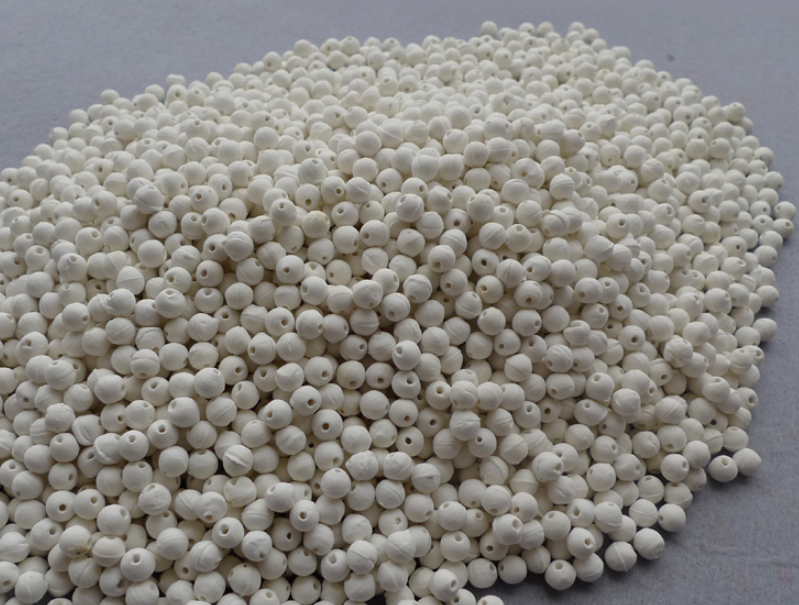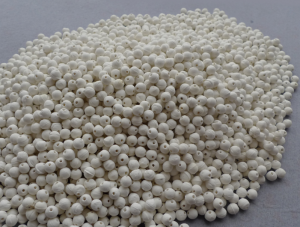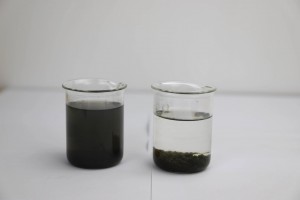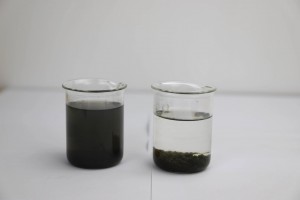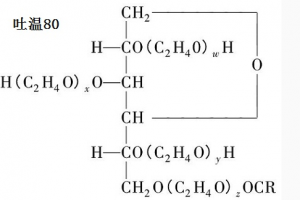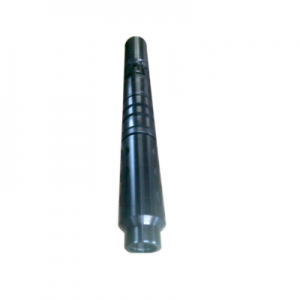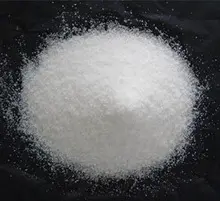Other petrochemical catalysts
Other petrochemical catalysts
Hydration is a reaction in which water combines with another substance to form one molecule. Water molecules with its hydrogen and hydroxyl and material molecules unsaturated bond addition to form new compounds, in this process plays a catalytic role in the material called hydration catalyst, this synthesis method has been applied in organic chemical production. Hydration process is one of organic synthesis methods, but as an important production method, it is limited to a few types of products, such as ethanol and diols.
Dehydration can be done by heating or catalyst or by reaction with a dehydrating agent. Dehydration reaction is the revers process of hydration reaction, usually endothermic reaction, generally, high temperature and low pressure is conducive to the reaction. In addition, most of the dehydration process must be carried out in the presence of catalysts. The catalyst used in hydration process — acid catalyst is also suitable for dehydration, commonly used is sulfuric acid, phosphoric acid, aluminum oxide and so on. Different catalysts have different main products and high selectivity.
Alkylation is the transfer of an alkyl group from one molecule to another. A reaction in which an alkyl group (methyl, ethyl, etc.) is introduced into a compound molecule. Alkylation agents commonly used in industry are olefin, halane, alkyl sulfate ester, etc.
In a standard refining process, the alkylation system combines low molecular weight alkenes (mainly propylene and butene)with isobutane using a catalyst (sulfonic or hydrofluoric acid) to form alkylates (mainly higher octanes, side alkanes). Alkylation reactions can be divided into thermal alkylation and catalytic alkylation. Due to the high temperature of thermal alkylation reaction, it is easy to produce pyrolysis and other side reactions, so catalytic alkylation method is adopted in industry.
Because sulfuric acid and hydrofluoric acid have strong acid, the corrosion of equipment is quite serious. Therefore, from the perspective of safe production and environmental protection, these two catalysts are not ideal catalysts. At present, solid superacid is used as alkylation catalyst, but it has not reached the stage of industrial application so far.
The interconversion of one isomer with another. The process of changing the structure of a compound without changing its composition or molecular weight. A change in the position of an atom or group in an organic compound molecule. Often in the presence of catalysts.
One kind of hydrocarbon can be changed into two kinds of different hydrocarbon by using the process of disproportionation, so disproportionation is one of the important methods to regulate the supply and demand of hydrocarbon in industry. The most important applications are toluene disproportionation to increase xylene production and to produce high purity benzene simultaneously, and propylene disproportionation to produce triolefin processes of polymer-grade ethylene and high purity butene. The conversion of toluene to benzene and xylene generally uses silicon aluminum catalyst. Currently, the most popular research is molecular sieve catalyst, such as meridionite-type silk molecular sieve.
Write your message here and send it to us


